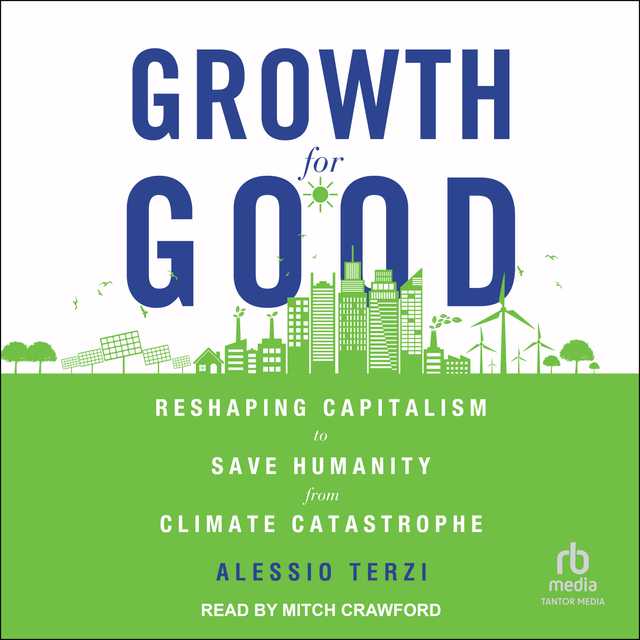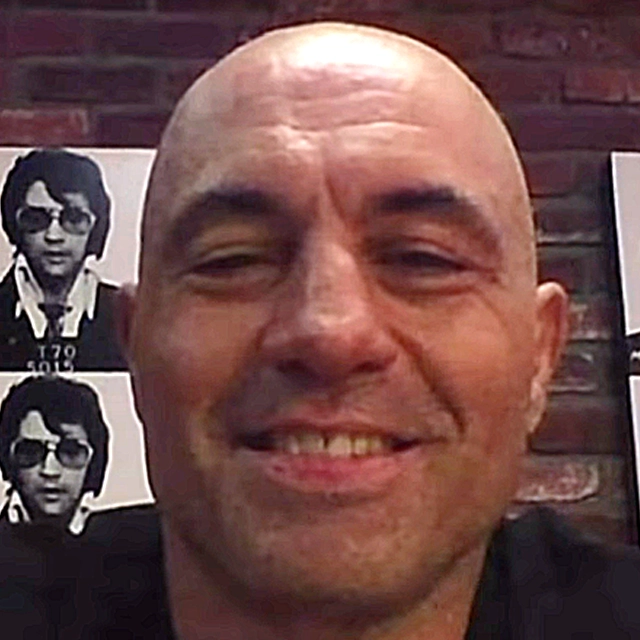High-Risers Audiobook Summary
Joining the ranks of Evicted, The Warmth of Other Sons, and classic works of literary non-fiction by Alex Kotlowitz and J. Anthony Lukas, High-Risers braids personal narratives, city politics, and national history to tell the timely and epic story of Chicago’s Cabrini-Green, America’s most iconic public housing project.
Built in the 1940s atop an infamous Italian slum, Cabrini-Green grew to twenty-three towers and a population of 20,000–all of it packed onto just seventy acres a few blocks from Chicago’s ritzy Gold Coast. Cabrini-Green became synonymous with crime, squalor, and the failure of government. For the many who lived there, it was also a much-needed resource–it was home. By 2011, every high-rise had been razed, the island of black poverty engulfed by the white affluence around it, the families dispersed.
In this novelistic and eye-opening narrative, Ben Austen tells the story of America’s public housing experiment and the changing fortunes of American cities. It is an account told movingly though the lives of residents who struggled to make a home for their families as powerful forces converged to accelerate the housing complex’s demise. Beautifully written, rich in detail, and full of moving portraits, High-Risers is a sweeping exploration of race, class, popular culture, and politics in modern America that brilliantly considers what went wrong in our nation’s effort to provide affordable housing to the poor–and what we can learn from those mistakes.
Other Top Audiobooks
High-Risers Audiobook Narrator
Ron Butler is the narrator of High-Risers audiobook that was written by Ben Austen
Ben Austen has written for many publications, including Harper’s Magazine, the New York Times Magazine, GQ, and New York magazine. He lives in Chicago.
About the Author(s) of High-Risers
Ben Austen is the author of High-Risers
More From the Same
- Publisher : HarperAudio
- Abraham
- American Gods [TV Tie-In]
- Dead Ringer
- House of Sand and Fog
- Prey
High-Risers Full Details
| Narrator | Ron Butler |
| Length | 13 hours 33 minutes |
| Author | Ben Austen |
| Publisher | HarperAudio |
| Release date | February 13, 2018 |
| ISBN | 9780062799180 |
Additional info
The publisher of the High-Risers is HarperAudio. The imprint is HarperAudio. It is supplied by HarperAudio. The ISBN-13 is 9780062799180.
Global Availability
This book is only available in the United States.
Goodreads Reviews
Cindy
July 31, 2020
Every American should read High-Risers: Cabrini-Green and the Fate of American Public Housing. Ben Austen has crafted a highly readable, fascinating and often depressing tale that spans the almost seven decades in which the Cabrini-Green housing project existed in Chicago. While certain issues contributing to the failure of large urban housing projects are specific to Cabrini-Green and to Chicago itself, many of the events that led to the failure of Cabrini-Green were replicated across the country in other cities that built similar complexes. Understanding the factors that contributed to the demise of the Cabrini-Green complex could lead to a future solution that might help solve the housing troubles still abounding in the United States today.The individuals who envisioned large-scale affordable public housing as an antidote to the horrific housing crisis faced by the city of Chicago in the 1930’s and 1940’s honestly sought to provide decent housing for the poor. Elizabeth Wood, the first executive director of the Chicago Housing Authority, initially worried that the project was not big enough stating that “[i]f it is not bold,” she said, “the result will be a series of small projects, islands in a wilderness of slums beaten down by smoke, noise, and fumes.” What those individuals did not (and could not have been expected to) foresee was the hurdles that would be erected at every juncture from the building of the complexes to staffing to maintenance and upkeep. Racism, city and national politics, Chicago Housing Authority employees, and the already heavily segregated population of Chicago converged to force the CHA to place large urban housing complexes on small acreage with few services nearby in almost completely segregated areas. When completed, Cabrini-Green contained 23 towers housing 20,000 people on a mere 70 acres of land. Once in place, support, maintenance, and staffing were not properly funded (or the funds were misappropriated or outright stolen). What once seemed like a solution to the city’s housing troubles slowly morphed into a symbol of crime and abject poverty.Austen effectively humanizes his tale by following various Cabrini-Green residents across the decades. He wisely chose residents from various walks of life; some certainly engender more sympathy than others, but his decision to infuse the book with tales about both those seeking trouble and those fighting it adds to the authenticity of his story. While Chicago government viewed the tearing down of the towers as eliminating a blight on the city, Austen counters that view by bringing to life the residents who lived in the towers for decades and who eventually lost their homes (many left substantially worse off after their moves). He also demonstrates the sense of community that existed for the residents in Cabrini-Green. I enjoyed following numerous characters’ stories, but Dolores Wilson was my favorite by far; if a few more Dolores Wilsons’s had lived in Cabrini-Green those buildings might still be standing today.As I read High-Risers, I frequently thought about how similar and relevant the affordable housing issue is to today’s health care battle. The refusal of certain individuals in power to recognize the need for affordable housing and mandated health care in the present creates significantly greater issues in the future; and unfortunately for the country those people are happy to leave that problem for future politicians to solve. Sadly, I think my biggest take-away from High-Risers is the complete and utter failure of the democratic system to represent the urban poor. Neither party stepped forward to help a group with little political sway knowing that the group couldn’t return the favor. While urban public housing has been an interest of mine since I was in college (I actually wrote my senior thesis on the failure of Cabrini-Green as a viable method for housing the poor), I truly believe that High-Risers will appeal to anyone interested in the fate of our country. High-Risers is a true page turner, and there is a lesson in it for everyone. My one complaint is that there are no pictures or maps of the complex. Cabrini-Green was composed of 23 buildings and some smaller low level units; some detailed maps would add significantly to the book. I loved the stories about the many residents, and again, bringing them to life through photos would further humanize the people in High-Risers. Listen to my podcast at https://www.thoughtsfromapage.com for fun author interviews. For more book reviews, check out my Instagram account: https://www.instagram.com/thoughtsfro....
Emily
October 24, 2017
I've once again committed the error of waiting a few weeks to write up a book, which always seems to result in a less immediate and hence less satisfying review. Sorry, because this book was worthwhile if you're interested in the topic. The author tells the story of the notorious public-housing project Cabrini Green through the experiences of various individuals who lived there. We start with a mother who moved from a noxious slum into what was then a fresh, new style of living. Another striking figure is a man who graduated from a life of drug-dealing and crime to become a leader in the Cabrini Green community. In fact the closest thing to a plot twist in this book is the fact that the main profiled figures, despite their very different starts in life, all become leaders. This makes you look at Cabrini Green in a new way--not just a huge architectural-social failure but also a crucible of self-determination for its residents, as it was abandoned by the community around it. At the end, contemporary patterns of gentrification come into play after the development is torn down and its residents dispersed.I fear this comparison will come off as obnoxious, especially because this book is non-fiction, but I'd recommend it to fans of The Wire because it has a similar panoramic effect, with the residents, kids, politicians, local machers. But, you have to also be interested in housing policy.Review copy received from Edelweiss.
Shreya
April 26, 2020
Working in affordable housing, I try to understand the “why” in my work: Why do communities look the way they do? Why was this allowed? Why did this community succeed or fail? High-Risers does an excellent job of explaining the history of Cabrini in the context of Chicago’s history. Ben Austen could have simply presented the facts, yet he wove the stories of Cabrini residents into the narrative, effectively illustrating the challenges and the dynamics in a community known to be fraught with crime and poverty. It is easy to paint these individuals and families as the cause of their ills, but in reality it is the system, the politics and the concentrated poverty - factors outside of their control - that failed them. This book is well-written and thoughtful, and worth a read if you seek to understand.
Adam
January 31, 2018
Just a flat-out important book by a writer with complete authority over his subject matter. It charts the life and death of great American city (the Cabrini-Green housing projects) within a great American city (Chicago) and let's the reader bear witness to how and why it all comes tumbling down and what the costs are to the people who inhabit it. Read it to get educated. Read it to understand the American experiment. Or should we call it the project?
Shona
October 07, 2018
If someone would have told me that a book about public housing in Chicago would be one of my favorites of the year, I definitely would not have believed it. But this book is fascinating. So well researched and interspersed between the history of city and national politics and the debates over public housing are real people and the story of their lives. I was absolutely hooked. I listened to this on audiobook and narrator was fantastic as well. High recommend!
Kate
March 18, 2019
PHENOMENAL. Required reading for anyone who has read and loved EVICTED. Also an excellent follow-up to The Warmth of Other Suns - this picks up and details the exact travesty that occurred when the Great Migration led Southern Blacks to Chicago......the North was not the safe haven they were sold. Overall a fascinating look at one of the US’ largest metropolitan areas and an eye-opening account of how this city systematically segregated and harmed its most vulnerable residents.
The Geeky Bibliophile
March 26, 2018
I remember hearing about "the projects" when I was a child. I didn't truly understand what it meant, or what they were, of course—that understanding wouldn't come until several years later. When it did, the few things I read (or, occasionally, saw on television) centered around African-American poverty, crime, and gangs; leaving me with the impression that it was a terrible, frightening place to live.What I never learned about was how they came to be, or how different life was for the early tenants compared to what it eventually became.High Risers: Cabrini-Green and the Fate of American Public Housing tells the story of the Cabrini-Green public housing project in Chicago, Illinois. Though it would later become notorious for crime and gang activity, the high rises were once a lovely, desirable place to live, as we learn in reminiscences of former tenants, such as Delores Wilson. Wilson (along with her husband and children) moved into one of the high rises in 1956. In the fifty years she lived there, she witnessed how Cabrini-Green went from being a well-maintained, safe and friendly place to live, to what it eventually became before the last of the high rises were demolished in 2011.I can't begin to comment, even briefly, on the politics and people involved that saw the construction and eventual demise of the Cabrini-Green high rises, and how it affected the lives of the people living there. Trust me when I say that all of it—the history of how it came to be, the politics involved throughout its existence, racism and deliberate segregation based on both race and financial status—made for some seriously interesting reading. The depth of Austen's research is clearly evident throughout, and the book is written in a narrative-style similar in my mind to Matthew Desmond's Evicted:Poverty and Profit in the American City. This isn't a dry retelling of the facts; it's a heartfelt history that tells the story of Cabrini-Green and its residents, warts and all. If anyone can manage reading the portions telling the personal stories of former residents without feeling an ounce of empathy (and, at times, anger and a sense of injustice), it would truly shock me.This isn't a light read by any means, but I think it's an important one. Poverty and a lack of affordable housing is an ongoing problem in the United States. Unless we're informed about past attempts to solve the housing problem, we cannot hope to do better in the future. And unless we're informed about the realities about people living in poverty—the day-to-day struggles they face, and how hard their lives are—we're not going to make any headway on improving that, either.If this is a topic of interest for you, I hope you'll take the time to read this book... and I hope you'll find it as informative and moving as I did.I received an advance review copy of this book courtesy of Harper via Edelweiss.
Erik
December 12, 2020
An excellent account of the rise and fall of Cabrini-Green, and really public housing more broadly, in Chicago. Austen's background as a journalist shines as he writes with a narrative style that gives this book the readability of a novel. Of all that I've read as a planner about destructive urban policy, Austen does as good a job as any of humanizing the people who were harmed throughout Cabrini-Green's history. CG and its residents have so often been touted either as an example of the 'culture of poverty' fallacy and the flaws of public housing in American cities or as helpless victims of a failed system. Austen falls into neither trap, instead painting a complex portrait of a group of people who faced immense undeserved hardship because of government & private action, but also fought hard to preserve their home and their livelihood. If there is a drawback to Austen's style, it's that his intensely narrative-driven account too often lets the structural explanations behind on-the-ground experiences fall through the cracks. A recurring example of this is the CHA's constant failure to perform maintenance and upkeep at their public housing properties. Austen attributes this largely to mismanagement and carelessness, both of which were at play, but often fails to expose how intentional disinvestment at the city, state, and national level was behind so much of what went wrong at Cabrini-Green. I would recommend this book in conjunction with others that focus more on structural racism and politics of disinvestment, such as Hirsch's "Making the Second Ghetto", as each provides an important lens that the other lacks.
Nawal
July 03, 2020
Unbelievable, masterful: a crucial read for anyone who cares about Chicago, systemic race issues and housing as a human right. The writing is impeccable. The narration braiding research, fact and stories from real people are woven together perfectly— so much that I will think of them long after the book ended. I love Austen’s frank, yet thoughtful writing style. Took a trip to the book’s location yesterday and marveled how the history of Cabrini-Green public housing on land now dominated by modern, expensive buildings is likely unknown to people who now call it home. This book is an essential eye-opener, but also a narrative non-fiction feat of journalism. Highly recommend to all.
Kelly
September 10, 2022
Let’s talk fiction/nonfiction pairings. This was my first combination and I loved it! After gushing about THE LAST SUMMER ON STATE STREET on the @thoughtsfromapage podcast, Cindy recommended the perfect nonfiction pairing, HIGH RISERS. I recently co-hosted @ToyaWolfe, author of LAST SUMMER ON STATE STREET for an author chat and reading HIGH RISERS before our discussion deepened my appreciation for her debut novel. HIGH RISERS is about the Cabrini Green housing projects that were demolished by the Chicago Housing Authority in the early 2000s due to their deconditioned state as a result of poor investment in the community by the city. Ben Austen offers readers a window into Chicago housing projects by telling the story of various residents from all walks of life. He emphasizes the strengths of the community in addition to the challenges. Speaking with Toya about her experience growing up in a similar community and pairing these two novels was truly enlightening!
Daniel
January 26, 2019
This was a very good examination of Cabrini-Green and its place in public housing in America. It does not delve into the issue of public housing more broadly but it does give a very good account of the problems of policy that plagued Chicago in the era.
Jena
May 11, 2018
This book was incredibly detailed and very illuminating on the rise and fall of Cabrini-Green. Chicago should be ashamed of their handling of...most of it. I learned a lot and got very angry at times, and I'm sure my feelings pale in comparison to those of the people who actually lived there and had to deal with policies. I'm not sure what the solution is and I think this book kind of sets up a little judgment of some people's lifestyle choices (i.e. "her 38th grandchild"; "they had 8 kids together" etc) -- while I realize that these are simple facts they often weren't necessary to the narrative other than to explain why a family remained as poor as they did.Anyways.It's wild to think that the last of the Cabrini towers were only demolished less than a decade ago. If you're interested in the history of Chicago public housing, this is a must-read.
Duckoffimreading
April 07, 2019
Very informative review of public housing in America, using Chicago’s Cabrini Green as the subject focus. First person experiences of what it was like to live in the super high housing developments, how they were paradise for the first 10 years and then through increased gang activity, devolved into some of the scariest parts of Chicago. Cabrini Green is no more today, having been torn down and those neighborhoods gentrified, but this is a thorough look at what works and doesn’t work in public housing - an issue that continues to struggle today. Austen’s writing is engaging, and while this is a longer book - I was able to make consistent progress in it. Also helped that I listened to the audiobook 🤣
Circe
January 21, 2019
I love this type of book- a nonfiction book that looks at a big picture social issue, in this case Chicago's public housing high rises, through the lives of individual people. I think anyone interested in urban sociology or cities in general will like this book. It's long but never too in-depth or detailed so I found it a satisfying read. At the same time I was listening to the podcast The City about illegal dumping in Chicago and the overlap in neighborhoods was interesting (though it a was a little too much all Chicago all the time).
Frequently asked questions
Listening to audiobooks not only easy, it is also very convenient. You can listen to audiobooks on almost every device. From your laptop to your smart phone or even a smart speaker like Apple HomePod or even Alexa. Here’s how you can get started listening to audiobooks.
- 1. Download your favorite audiobook app such as Speechify.
- 2. Sign up for an account.
- 3. Browse the library for the best audiobooks and select the first one for free
- 4. Download the audiobook file to your device
- 5. Open the Speechify audiobook app and select the audiobook you want to listen to.
- 6. Adjust the playback speed and other settings to your preference.
- 7. Press play and enjoy!
While you can listen to the bestsellers on almost any device, and preferences may vary, generally smart phones are offer the most convenience factor. You could be working out, grocery shopping, or even watching your dog in the dog park on a Saturday morning.
However, most audiobook apps work across multiple devices so you can pick up that riveting new Stephen King book you started at the dog park, back on your laptop when you get back home.
Speechify is one of the best apps for audiobooks. The pricing structure is the most competitive in the market and the app is easy to use. It features the best sellers and award winning authors. Listen to your favorite books or discover new ones and listen to real voice actors read to you. Getting started is easy, the first book is free.
Research showcasing the brain health benefits of reading on a regular basis is wide-ranging and undeniable. However, research comparing the benefits of reading vs listening is much more sparse. According to professor of psychology and author Dr. Kristen Willeumier, though, there is good reason to believe that the reading experience provided by audiobooks offers many of the same brain benefits as reading a physical book.
Audiobooks are recordings of books that are read aloud by a professional voice actor. The recordings are typically available for purchase and download in digital formats such as MP3, WMA, or AAC. They can also be streamed from online services like Speechify, Audible, AppleBooks, or Spotify.
You simply download the app onto your smart phone, create your account, and in Speechify, you can choose your first book, from our vast library of best-sellers and classics, to read for free.
Audiobooks, like real books can add up over time. Here’s where you can listen to audiobooks for free. Speechify let’s you read your first best seller for free. Apart from that, we have a vast selection of free audiobooks that you can enjoy. Get the same rich experience no matter if the book was free or not.
It depends. Yes, there are free audiobooks and paid audiobooks. Speechify offers a blend of both!
It varies. The easiest way depends on a few things. The app and service you use, which device, and platform. Speechify is the easiest way to listen to audiobooks. Downloading the app is quick. It is not a large app and does not eat up space on your iPhone or Android device.
Listening to audiobooks on your smart phone, with Speechify, is the easiest way to listen to audiobooks.

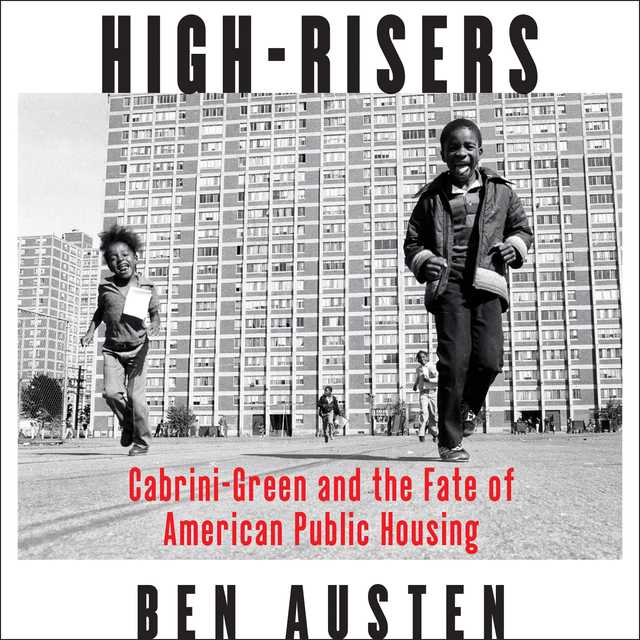









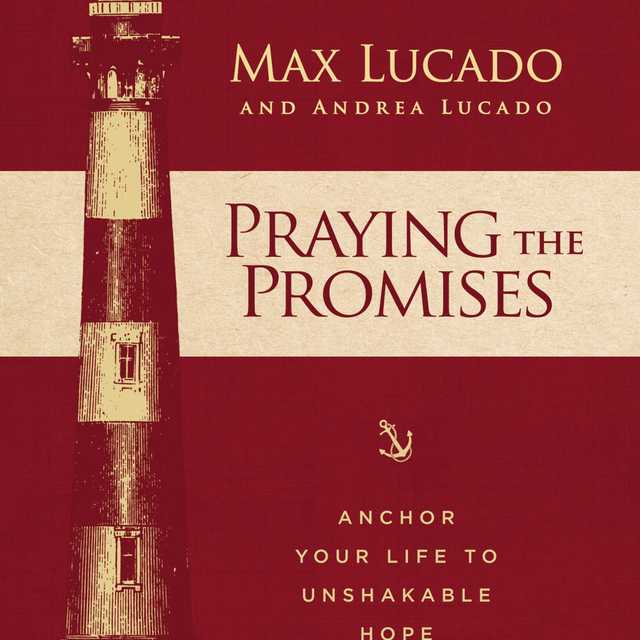
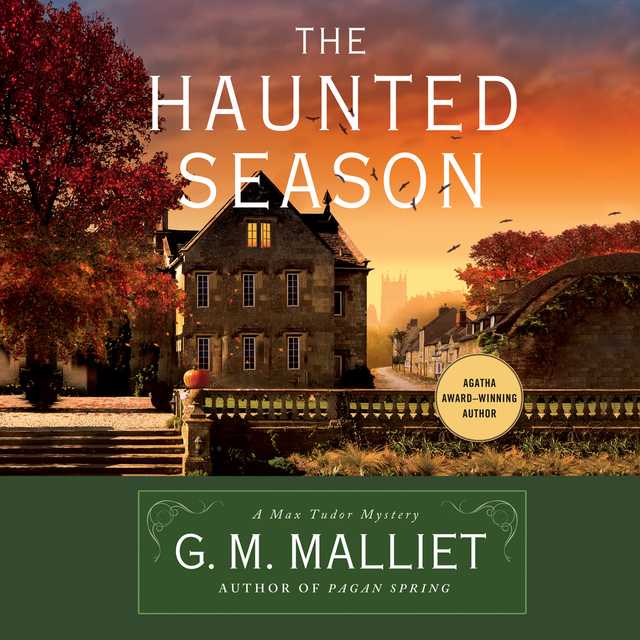
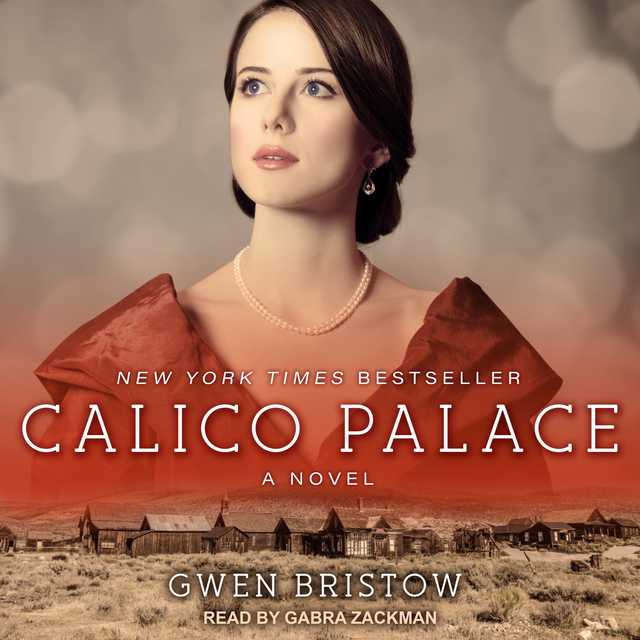

![Six Bits A Day [Dramatized Adaptation]](https://speechify.com/audiobooks/wp-content/uploads/sites/29/2023/06/pr_eaudio_9781648792885_640px.jpg)
